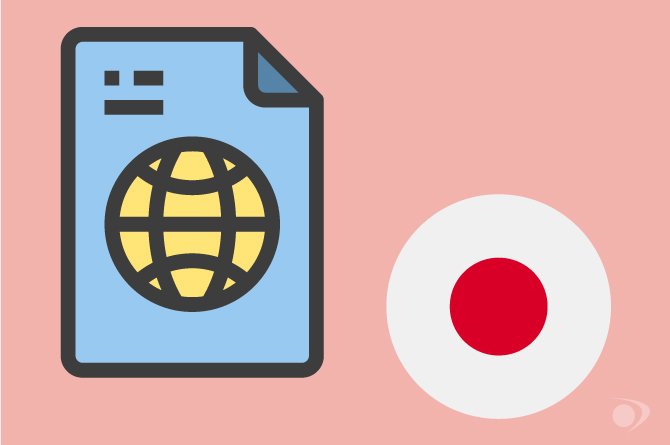English to Japanese Translations: The Process and Tips for a Successful Project
The process of translation from English into Japanese is complicated for several reasons — least of all being Japanese’s variant writing styles, including casual, semi-formal, formal, feminine, and masculine. Here are some processes and tips for executing a successful English to Japanese translation project.
The Basic Process for Translating English into Japanese
Although there can obviously be variations or additions to the process based on the type of project, here’s a brief summary of the basic steps to include when translating into Japanese.

- Create a glossary of English terms prior to the translation. Since many types of content have terminology that’s specific to the industry as well as products/services, a key step is to prepare a glossary. Ideally, these terms should be extracted, translated, and approved before the project even begins. Creating a glossary will ensure that terminology is consistent across the project as well as other projects. Approving the terminology by in-country reviewers is very important. This step will ensure that the terminology is accurate and any nuances are addressed. The in-country reviewers should review the list prior to starting a translation project. In addition to the in-country reviewers being part of the terminology process, they should also be involved with the overall project as early as possible.
- Provide the in-country reviewer with a 10-page sample translation. This will give the Japanese translator an understanding of terminology, style, and tone. The translator can then use the same approach for the current project. Also, the translation company can incorporate the content into a translation memory for reuse in the current project as well as other projects. Finally, this step will save time during the final review step.
- Ensure that the project’s expectations are realistic. Sometimes the client reviewers expect the translation to be suitable to their local market, and their expectations might not be reasonable. Explain clearly what the translation should be.
Tips to Make a Japanese Language Translation Project More Successful
Here are some tips to make a Japanese language translation project more successful:
- Besides the obvious reasons, having Japanese-speakers on-staff is helpful as added-value for processing and parsing through detailed
 instructions and nuance.
instructions and nuance.
- Holding a kickoff meeting with the Japanese lead translator and the in-country reviewer serves the dual purpose of leveling out expectations across parties, as well as putting the translator in a position of accountability for the quality of the project. This also helps to create a sense of team.
- Have a weekly meeting with the reviewers to discuss the current state of the project as well as any challenges.
- Make sure to communicate with the in-country reviewers as early as possible. Become acquainted and use that time as an opportunity to discuss the nature of the project at hand.
Final Thoughts on English and Japanese Translations
The key to a successful professional Japanese translation process lies in establishing a great relationship with the in-country reviewer. In dealing with Japanese projects, always ask questions — never make any assumptions. Facilitate communication between the in-country reviewer and the translators, as this direct communication leaves the least room for error. Email may be quicker but is only two-dimensional. Adding in a third dimension by facilitating phone communications is key.
For more information about the Japanese language, download our Japanese Language Quick Facts eBook.
